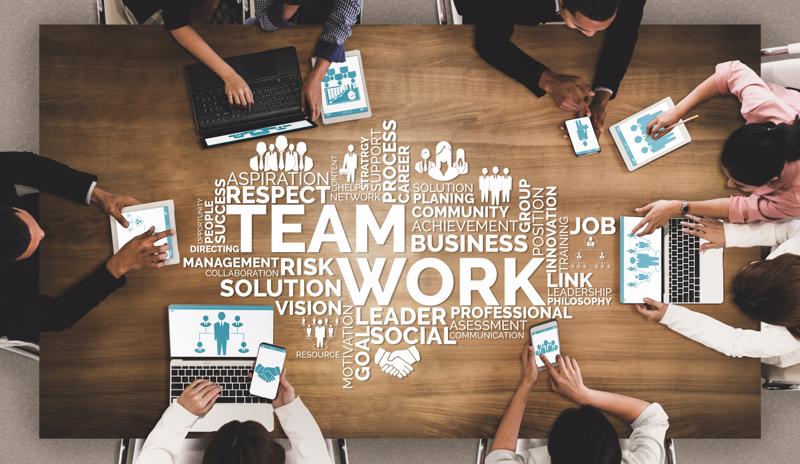
Finding and harnessing your team members’ strengths
In any organization, the success of various initiatives depends on all of the different team members within key departments. Each of these individuals possesses a specific set of strengths – if they didn't, they certainly wouldn't have been hired in the first place – and alongside those, they also have their weaknesses (just as everyone else does). Sometimes, however, the particulars of those strengths may not be immediately obvious.
While the onus of carrying out the duties detailed in their job descriptions lies with employees themselves, it's the responsibility of their team leaders and other supervisory personnel, especially those in HR, to help these staff members continually hone and diversify their strengths. When the work environment is out of the ordinary and undeniably stressful, as it is right now for many businesses, making the most of employees' best attributes becomes especially critical – but this approach is also undeniably evergreen.
Starting with established frameworks
It might be a stretch to refer to Gallup's CliftonStrengths framework for workplace talent assessment as "ubiquitous," but it's certainly quite popular: Created by Donald Clifton and Tom Rath of Gallup in 2001, per Forbes, as part of their co-authored book "Strengths-Based Leadership," the rubric is based on a 177-question test. After an employee answers all queries, the tool presents a profile detailing their strengths based on 34 themes divided between four categories: Strategic Thinking, Relationship-Building, Influencing and Executing. (As for the themes themselves, some are quite self-explanatory, like Adaptability, Responsibility or Competition. Others, such as Woo-Winning Others Over or Futuristic are a bit more abstract and require closer examination.)
CliftonStrengths is hardly the only tool of its kind. The VIA Institute's Character Strengths assessment is another popular model that divides its users' professional advantages into 24 categories. Most of these are quite straightforward – Leadership, Teamwork, Perspective and Fairness, to name a few – but the survey itself is renowned for its effectiveness. Gallup actually recommends using CliftonStrengths and VIA's test side by side. If you're trying to concretely determine your staffers' strengths for the first time, it will be effective to use both of these and perhaps one or two others you may find.
Using firsthand observation
Making use of well-known criteria sets is great when you're getting started with full-fledged strengths assessments. But don't forget the value of your own internal resources: personal interactions with specific employees, records of their successes (and failures), feedback from co-workers or supervisors and so on. You can aggregate all of that primary-source information with the results of the tests you used at first to create truly unique employee strength profiles.
Improving assignments and delegation of responsibilities
Knowing exactly what each member of a team can do best clearly represents a vital aspect of staff productivity oversight. Once you've established this base of understanding, however, it won't be genuinely effective until you begin deriving actionable insights from it and putting those ideas into action. Using strength profiles to precisely determine employee assignments and responsibilities (and delegate them accordingly) is an excellent way to go about this. According to LiquidPlanner, doing so is not only beneficial to individual employees but also positively affects the broader goals of specific teams.
Actualizing this is as simple as having these discussions about strengths with the whole team present, as a key portion of the regular meetings you have. Allow employees to openly discuss their strengths – and weaknesses – with one another, offering constructive feedback on how to put all of the most positive attributes to the best use possible.
Encouraging healthy competition
There is a great deal of competition that goes on within a business – between departments, between managers and inside of teams among their members. It should be noted, of course, that not all of this tete-a-tete will be friendly, and at times it can go too far and become outright toxic.
With all of that being said, using competition as a method of determining and refining the strengths of team members can nonetheless be a positive thing if properly framed. The Balance recommended channeling these competitive desires into actual contests, otherwise known as gamification. By observing how each person within the group works toward their objective of achieving victory in the framework of this contest, you'll be able to observe all of their strengths and weaknesses with crystal clarity. Additionally, what you discover about staffers within this context can be used in the review process down the line, as a refreshing alternative look at how a given employee is faring on the team and within the organization.
